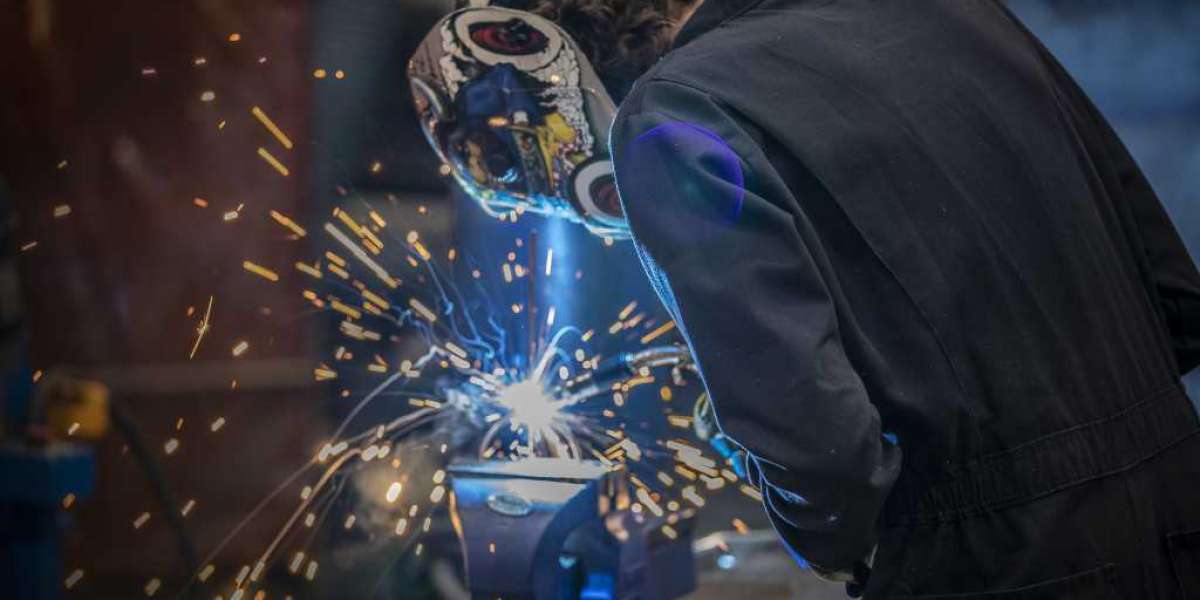Introduction:
MIG welding is a popular and versatile welding technique used in a variety of industries, including automotive, construction, and manufacturing. However, MIG welding can also be dangerous if proper safety precautions are not taken. In this article, we will discuss some of the most important safety precautions to take when using a MIG welder.
Wear Protective Clothing
One of the most important safety precautions to take when MIG welding is to wear protective clothing. This includes a welding helmet with a shade appropriate for the type of welding you are doing, safety glasses or goggles, a flame-resistant jacket or shirt, gloves, and boots. This protective clothing will help prevent burns, eye damage, and other injuries.
Ventilation
MIG welding produces fumes that can be harmful if inhaled. It is important to work in a well-ventilated area to prevent the buildup of these fumes. Use a fan or open windows to ensure that there is adequate air flow in the workspace. You can also use a welding fume extractor to capture the fumes directly at the source.
Grounding
Proper grounding is essential to prevent electric shock when using a MIG welder. The ground clamp should be securely attached to the workpiece, and the workpiece should be free from rust, paint, and other contaminants. Never touch the workpiece or the welding gun when the welder is on, as this can result in electric shock.
Power Source
Before using a MIG welder, check the power source and ensure that it is in good condition. Make sure the power cord is not frayed or damaged and that the plug is secure in the outlet. If you notice any issues with the power source, do not use the welder until it has been repaired or replaced.
Wire and Gas
The wire and gas used in MIG welding can also pose safety risks if not handled properly. Always use the correct wire and gas combination for the type of welding you are doing. Follow the manufacturer's instructions for setting the wire and gas flow rates, and ensure that the wire spool is securely in place. Always handle the gas cylinder carefully and store it in a well-ventilated area away from heat sources.
Fire Safety
MIG welding can create sparks and hot metal that can cause fires if proper precautions are not taken. Before welding, remove any flammable materials from the work area, and keep a fire extinguisher nearby. Use a welding blanket or fire-resistant material to protect nearby surfaces from sparks and spatter.
Welding Gun
The welding gun used in MIG welding can become hot during use, posing a burn risk. Always wear gloves when handling the welding gun, and avoid touching the nozzle or contact tip when the welder is on. When changing the contact tip or welding wire, turn off the welder and allow the gun to cool before handling.
Training
Proper training is essential for safe MIG welding. Before using a MIG welder, take classes or work with an experienced welder to learn the proper techniques and safety procedures. Never attempt to MIG weld without proper training, as this can result in injury or damage to equipment.
In conclusion,
MIG welding can be a safe and effective welding technique when proper safety precautions are taken. Wear protective clothing, work in a well-ventilated area, ensure proper grounding and power source, use the correct wire and gas combination, practice fire safety, handle the welding gun with care, and receive proper training before attempting to weld. By following these safety precautions, you can ensure that your MIG welding projects are completed safely and successfully.








